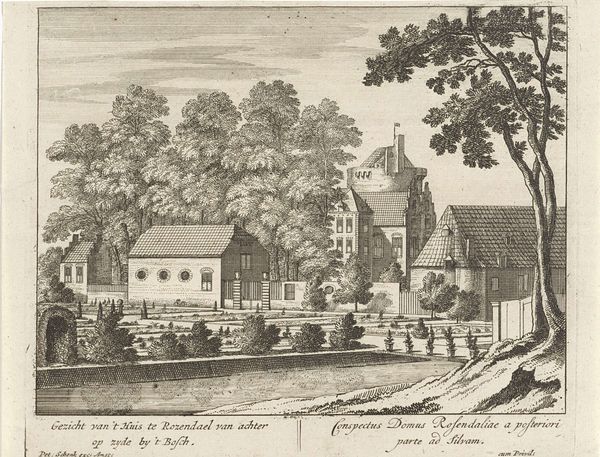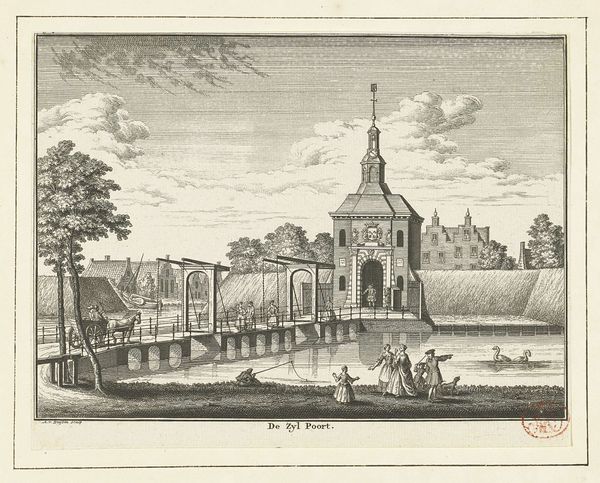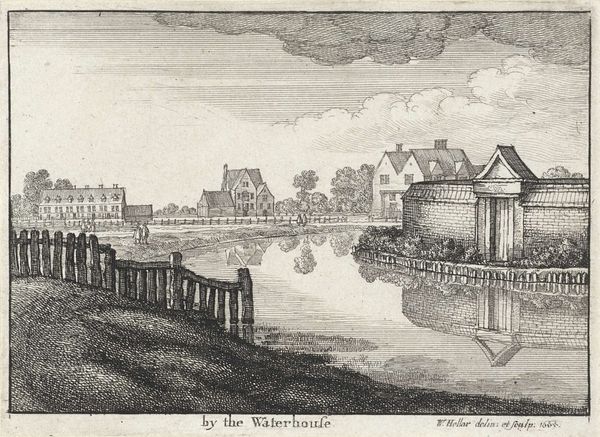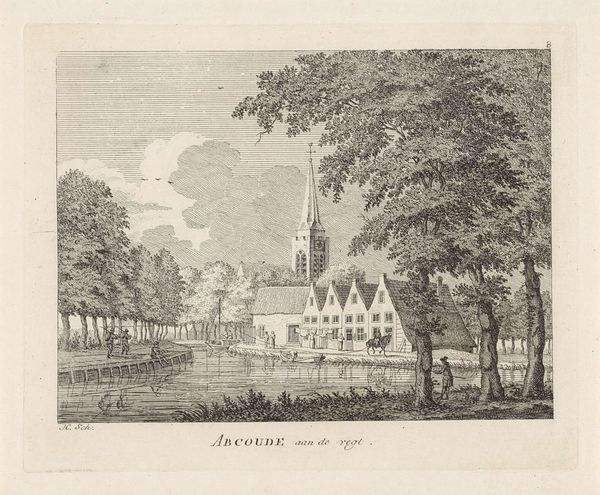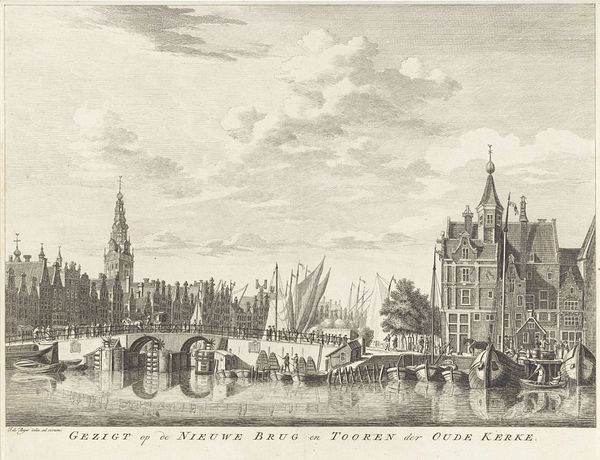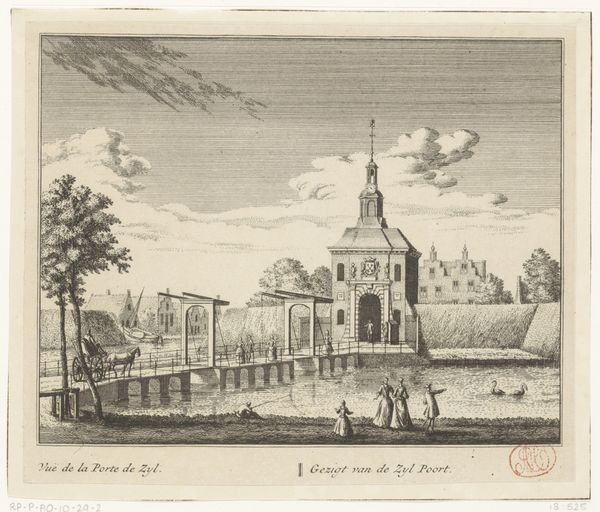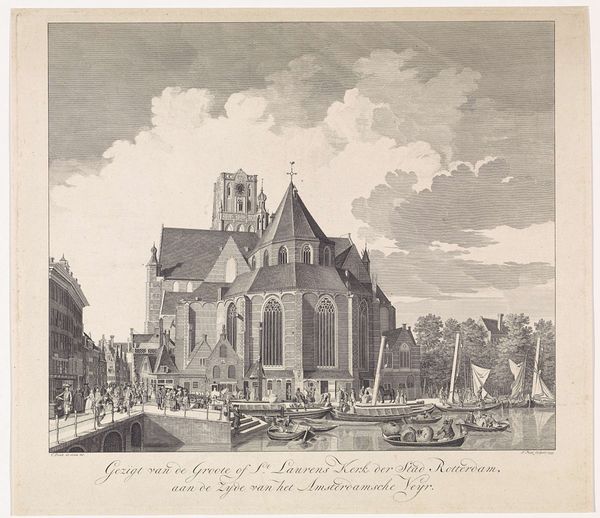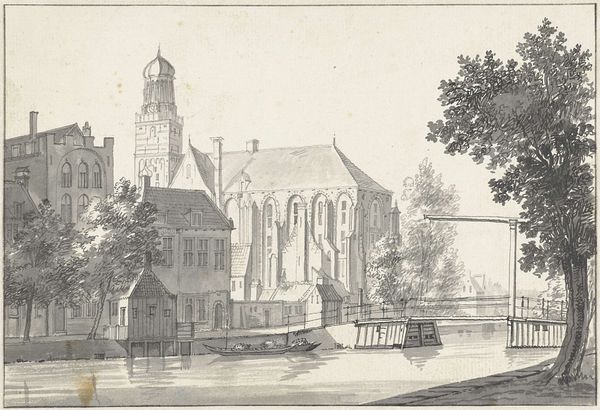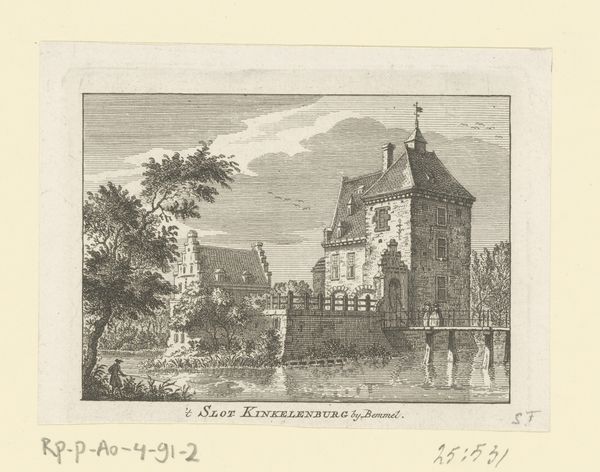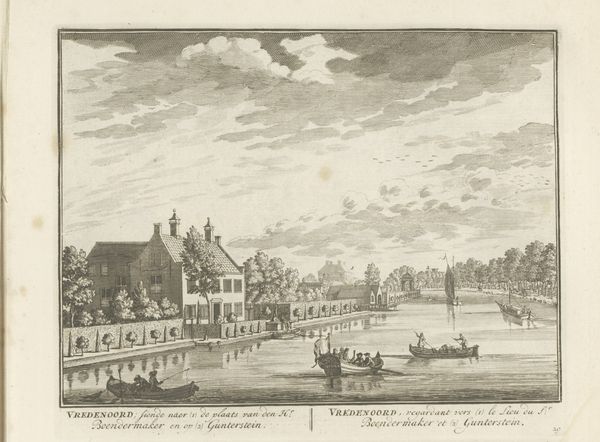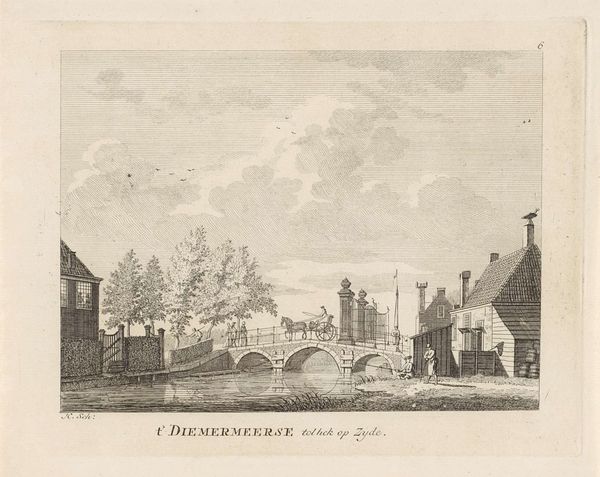
print, engraving
#
dutch-golden-age
# print
#
landscape
#
cityscape
#
engraving
Dimensions: height 183 mm, width 202 mm
Copyright: Rijks Museum: Open Domain
Editor: Here we have Pieter van Buysen Jr.’s "Gezicht op de Noorderkerk te Amsterdam," an engraving likely created between 1700 and 1750. I'm struck by how this cityscape almost feels staged, a carefully constructed presentation. What catches your eye? Curator: As a materialist, I immediately focus on the engraving process itself. Consider the labor involved in producing this print, the artisan meticulously carving into a metal plate to create a repeatable image. It was a commodity. How does the relatively easy reproduction alter its social value compared to painting? Editor: That’s interesting. I hadn’t thought about the mass production aspect. How did this influence perceptions of "high" and "low" art forms at the time? Curator: The very nature of printmaking challenges our traditional notions of authorship and artistic creation. It’s not a singular act of genius. Instead, it’s a mediated process involving skill, labor, and importantly, dissemination. Who consumed these prints? Were they collected by wealthy patrons, or did they circulate more broadly? The answer shapes our understanding of its place in 18th century Amsterdam. Notice how detailed the rendering is—can you imagine the time? Editor: Yes, the detail is incredible. It seems as though anyone could have purchased a copy of the church to own for themselves! Curator: Exactly. The accessibility changes the dynamic between viewer and subject. Owning a reproduction of your town’s main landmark implies very interesting possibilities. It gives insight into a world of craftmanship, labour and material culture often missing from more traditional readings of Dutch Golden Age art. Editor: So, analyzing the "how" and "for whom" gives the artwork an unexpected and important new meaning. Curator: Precisely. It opens doors beyond purely aesthetic appreciation into realms of social history and economic exchange, complicating our understanding. Editor: I see that now. Thank you for shifting my perspective and showing me how deeply connected art is to production.
Comments
No comments
Be the first to comment and join the conversation on the ultimate creative platform.

